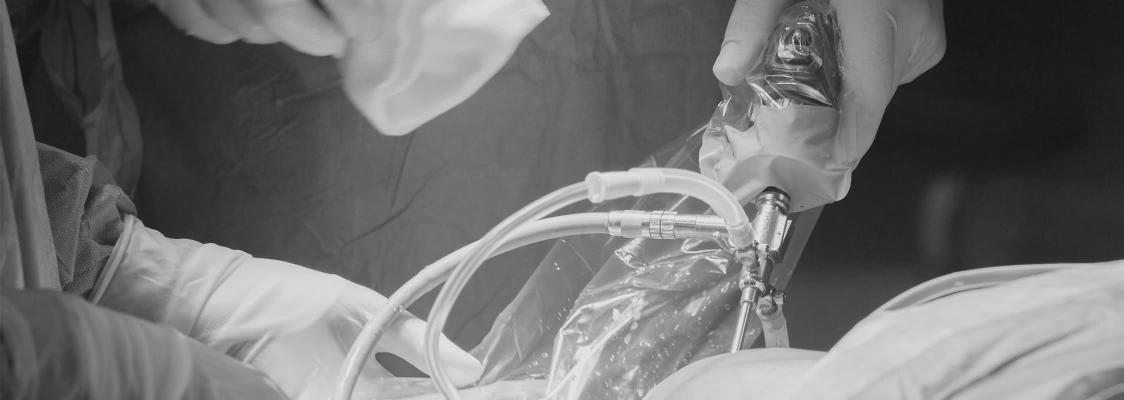Dislocations or instability of the kneecap (patella) occurs when the patella jumps out of its normal location (lying within the groove at the front of the femur bone at the knee joint. Dislocations can be one-off events or can happen repeatedly. They can happen due to a single traumatic injury or event in an otherwise normal knee. Alternatively, there may be underlying anatomic or genetic reasons that predispose people to patella dislocation / instability. In some instances, dislocations can occur with very minor (or almost no) provocation.
In the first instance, (especially after a first ever dislocation event), the mainstay of treatment is non-surgical – physio for rebuilding of the Vastus medialis (VMO) muscle is instituted, usually after a short period of splinting of the knee. In most people this is successful.
Patellofemoral stabilisation surgery may be appropriate if patella dislocation / instability (patellofemoral instability) develops into a repeated issue that becomes unresponsive to physiotherapy.
There are many different surgical procedures that are performed in order to stabilise the patellofemoral joint and prevent patella dislocations. It is common for multiple separate procedures to be performed at the same time. Identifying the correct procedure(s) to perform requires careful physical examination and assessment of specialised scans of the knee.
Dr Doneley performs patella stabilisation surgery, including medial patellofemoral ligament (MPFL) reconstruction, Tibial Tubercle Transfer / Osteotomy, VMO advancement and Lateral Release Procedures.
Please see section titled “Patella Dislocation and Malalignment” for further information.
